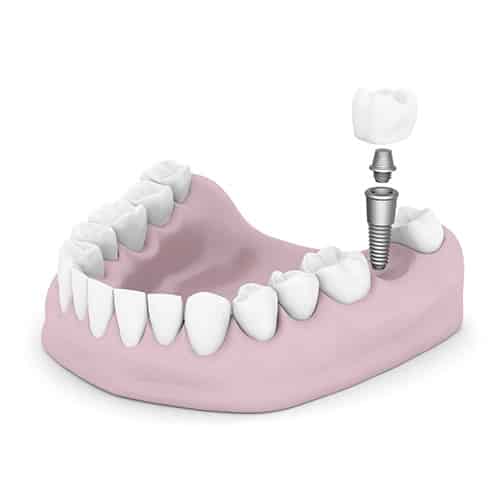
The width and height of a socket which was formerly supported by the tooth will begin to shrink, and many patients develop an indentation in the gums because of this bone loss. A ridge augmentation will help to recreate the natural balance and contour of the gums.
Why Choose A Ridge Augmentation?
These surgical procedures aim to increase both the quality and quantity of the gums (soft tissues) or bone in areas where the teeth are missing. This procedure is often the first step in receiving dental implants and can provide for better aesthetic and functional restorations. By increasing the size of the bone, you will help to ensure that your dental implants last for a long time.
What Happens During The Ridge Augmentation Procedure?
There are two major types of procedures used in ridge augmentation: soft and hard tissue. Soft tissue augmentation is typically done to improve aesthetics. Before the procedure, the area will be thoroughly numbed. Next, an incision will be made in order to expose the site, and a soft tissue graft will be taken, most likely from the palate. The graft is then placed into the area where it is needed, and sutures will keep it in place.
Hard tissue augmentation will be completed in order to recreate proper bone contouring before dental implants or other tooth replacement procedure. With this augmentation, an incision is made in order to lift the gum away and expose the defect of the bone. A graft will then be placed into the necessary area, and the site will be stitched closed.
Please contact us if you have any questions about ridge augmentation.
